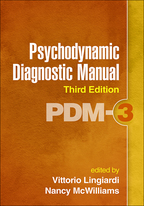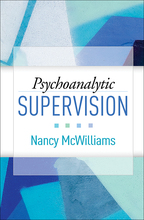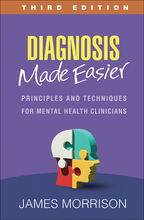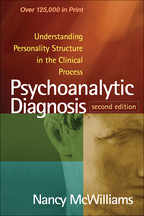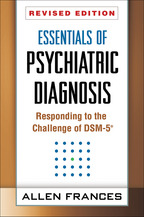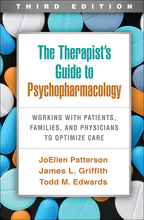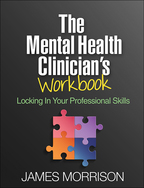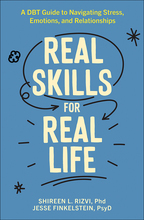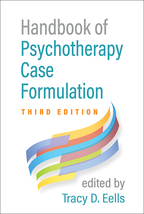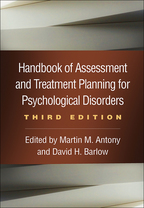Psychodynamic Diagnostic Manual
Third Edition
PDM-3
Edited by Vittorio Lingiardi and Nancy McWilliams
HardcoverPaperbacke-bookprint + e-book
Hardcover
orderJanuary 5, 2026
ISBN 9781462558728
Price: $128.00 1058 Pages
Size: 7" x 10"
Paperback
orderJanuary 6, 2026
ISBN 9781462558711
Price: $85.001058 Pages
Size: 7" x 10"
Read a Q&A with featured author, Vittorio Lingiardi!
Sign up for emails on upcoming titles by Nancy McWilliams (with special discounts)!
Sign up for emails on upcoming titles by Nancy McWilliams (with special discounts)!
Fully updated and restructured with 70% new material, PDM-3 presents important advances in multiaxial mental health diagnosis from a psychodynamic perspective, in dialogue with neuroscientific and cognitive-behavioral perspectives. Used worldwide, this authoritative manual offers an empirically based, clinically useful alternative or supplement to DSM and ICD descriptive and symptom-oriented diagnoses. PDM-3 guides the practitioner to develop a multilayered dimensional understanding of each patient, leading to a rich case formulation and flexible treatment plan. Leading international experts systematically address personality functioning, mental capacities, and symptomatic impairment in infancy, childhood, adolescence, adulthood, and old age, including jargon-free descriptions and clinical examples. The companion website provides additional, in depth case illustrations and five downloadable and reproducible PDM-derived rating scales.
New to This Edition
PDM-2 won the American Board and Academy of Psychoanalysis Book Prize (Clinical Category)
New to This Edition
- Restructured to follow development chronologically.
- Conceptual refinements, updated assessment tools, and expanded case material.
- Chapters on the transition from infancy to childhood and from adolescence to adulthood.
- Chapters on psychological experiences throughout the lifespan that are not captured by a diagnosis, but may require clinical attention.
PDM-2 won the American Board and Academy of Psychoanalysis Book Prize (Clinical Category)

